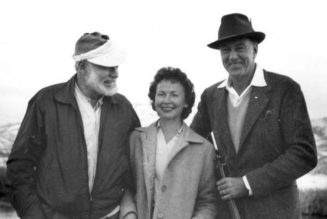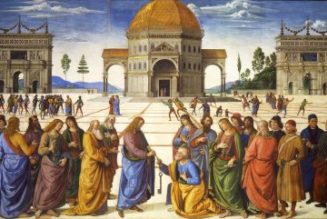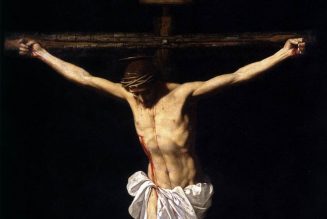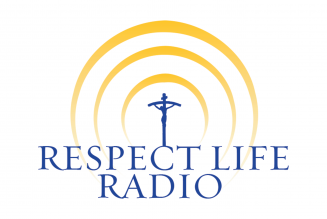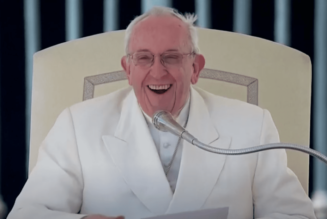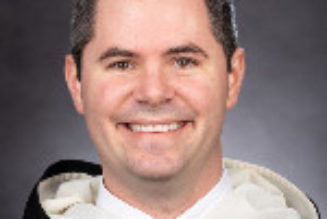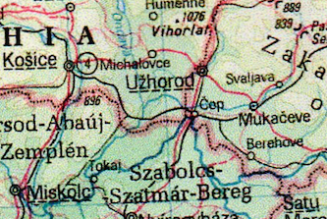“You were without hope in the world.” This is how Paul describes the Ephesian Christians before their conversion, stuck in the darkness of sin and paganism. Idols expressed their hope for material security, embodying their pleasure and pain, hopes and terrors in tangible forms that entangled their souls. Christ brought divine light into a dark world, freeing it from false substitutes and answering humanity’s prayer to look on the face of God: “Your face, Lord, do I seek. Hide not thy face from me” (Ps 27:8-9).
Today, we forget this answered prayer, looking away from God and falling into what the Psalmist warns against: “I will not set before my eyes anything that is base” (Ps 101:3). Our image-saturated culture has lost sight of God’s face made visible to us in Christ, groping instead after new idols. Sins of the eyes draw us into a new slavery that will not tolerate rivals, leading to a strange new iconoclasm. Our fallen eyes refuse to look upon religious images, which increasingly have become targets of vandalism and arson.
The historian Philip Jenkins notes that today’s iconoclasm engages more than religious imagery, becoming a “condemnation of memory” (198). His recent book, A Storm of Images: Iconoclasm and Religious Reformation in the Byzantine World (Baylor University Press, 2023), connects the attack on images in the Roman Empire over a thousand years ago to today’s social revolution. Statues toppling in city parks symbolize the more general vandalism that occurs in education against our cultural inheritance, touching central aspects of our identity. Jenkins explains the significance of the fact that we “no longer have the will or ability to prevent the removal of such once-cherished things,” which “proclaims the end of an old world and the creation of a whole new order of society and politics” (200).
The attack on images in Byzantium or Western Europe during the Reformation pointed to such revolutionary change. Today’s shift in how we see things—moving from traditional conceptions of human life, family and happiness to the flux of individual self-assertion—represents a different kind of iconoclasm, refusing to allow a mediation of reality through traditional conceptions of truth, visual or verbal. Images maintain their importance, but now as a matrix of floating possibilities we use to create our own virtual reality.
Human beings cannot help looking at things. Without concentration and focus, the flood of images leads to distraction and even despair. We fall back to the darkness described by Paul, living without hope, and need to come to the same solution: rediscovering the face of Christ. In a book releasing this month, The Exorcist Files: True Stories About the Reality of Evil and How to Defeat It (FaithWords), Father Carlos Martins points to the power of images to remove us from our spiritual darkness:
“Praying with images can be especially helpful, especially during sexual temptation. Traditionally called visio divina (divine looking), holy images—images depicting Our Lord, the Blessed Virgin Mary, a saint or a biblical scene—drive out tempting images that compete for our attention. In Catholic tradition, holy images, especially icons, are visible prayers. Simply to gaze at such an image is prayer” (258-259).
Holy images can save us from spiritual despair, becoming a source of light in our darkened culture.
– Advertisement –
Sally Read’s follow-up to her successful conversion memoir, Night’s Bright Darkness, offers a powerful example of this illumination. In The Mary Pages: An Atheist’s Journey to the Mother of God (Word on Fire, 2024), she details how the residual Marian art of our culture guided her slow and tortuous steps to faith.
“How many glimpses of Mary I must have had without even realizing it. . . . But that was how Mary got in—not through statues or cute Christmas cards, not through prayers or teaching or through a historic wheel, but through those pictures” (4). And after getting in, there were many obstacles to overcome.
Read’s obsession with images allowed Mary to move from the art gallery to the heart. “I would always end in room 58, at Filippo Lippi’s Annunciation. . . It was a shame, I reflected, that the subject was religious. But I had to admit, as I sat down and gazed, that in the light and pounding of the city, here was silence” (17). But the painting stayed with her: “I kept the Lippi picture hanging up by my door, and for many years, in various ways, Mary’s presence continued to weigh on me—and, even more so, her silence” (40).
Interestingly, Read touches on a key tension of iconoclasm, connecting the age-old tension of depicting the divine to its implication for our own identity, made in God’s image:
“But imagine a painter sitting down to paint the face of God Almighty—the is, the everything—and being able to contemplate nothing but vapor and light. But then this artist finds himself painting a human face with deep eyes, with a long nose, with ears that might ache in the wind, with feet that might sting with blisters from the long walking. Jesus Christ is how God sees himself. Christ is the icon of God. We’re clothed in flesh in a similar way, and we’re icons of the Creator too; dirtied, spoiled—but, through Jesus, utterly redeemable.” (58).
Our contemplation of the face of God and how we understand ourselves are inextricably bound together. Iconoclasm, therefore, degrades our own self-understanding by destroying our ability to contemplate the divine with our eyes, which leads to the destruction of his image in us.
God has made himself visible to us, and we need to rediscover his face. We need images of the right sort to purify our vision and overcome the iconoclasm that threatens our lives as God’s icons in the world.

